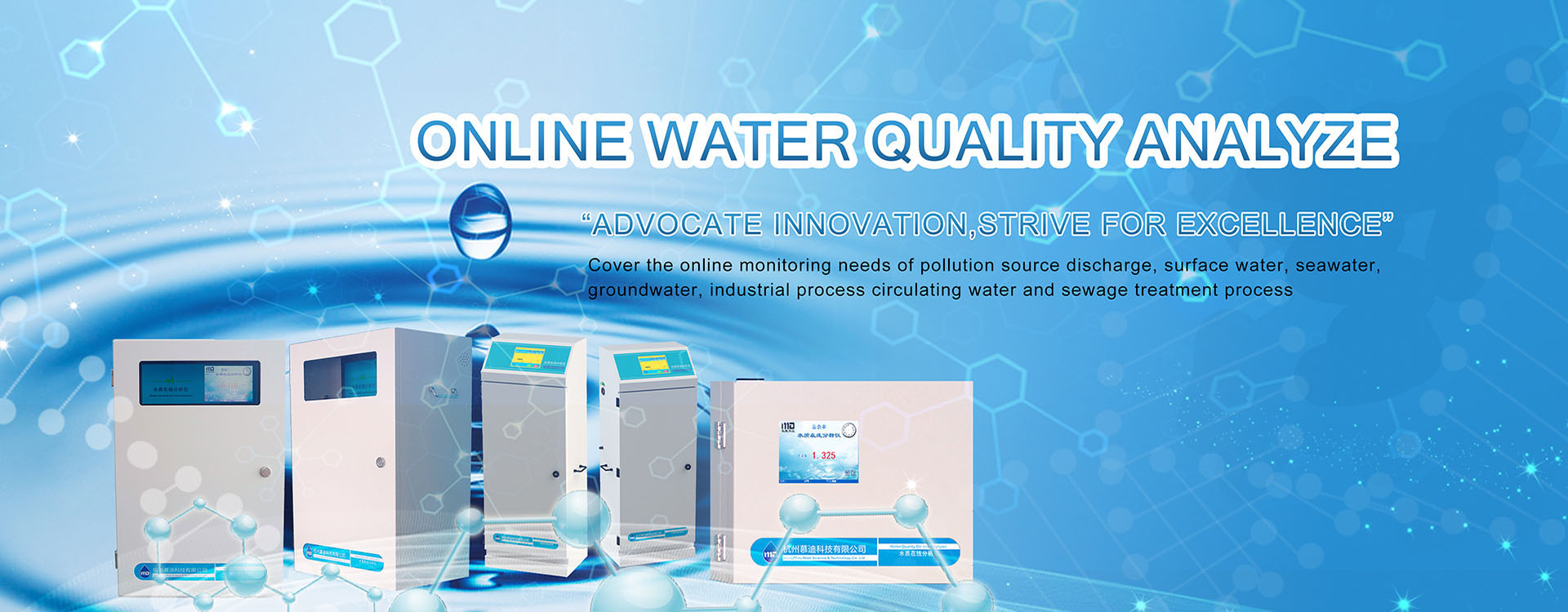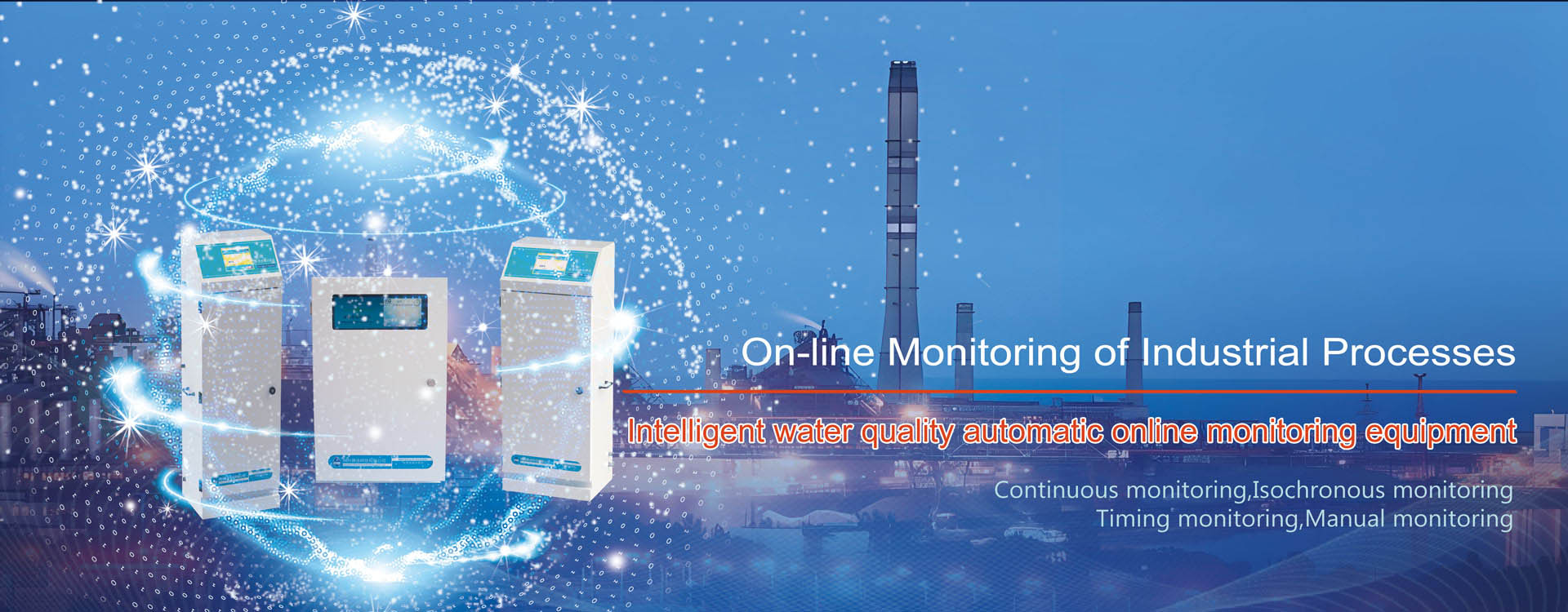The hospital is a place where different patients gather, and naturally the sewage discharged from it also contains a variety of chemical substances, pathogens and other pollution components, all must be treated before discharge. In this chapter, water quality online monitoring instrument manufacturers will work with you to understand the monitoring projects and standards of hospital wastewater.
In the hospital is divided into many departments, there are surgery, internal medicine, radiology, ophthalmology, infectious department and so on. There are certain differences in the pollutants in the sewage discharged by different departments.
Among them, there are about 25 projects to monitor the quality of sewage discharged in infectious diseases, and there are some other sewage testing projects in general hospitals. < All emissions monitoring programs at the hospital are: Fecal coliform count (data can be monitored by online water Escherichia coli analyzer), enteric pathogens, enteroviruses, Tuberculosis bacilli, PH, Chemical Oxygen Demand (COD), Biochemical Oxygen Demand (BOD), suspended matter (SS), ammonia nitrogen, anionic surfactants, chroma, volatile phenols, total mercury, total cadmium, total chromium (hexvalent chromium), total arsenic, total Lead, Total silver, total residual chlorine, etc. >. These projects have the corresponding water quality monitoring equipment, the specific need for which depends on what parameters contained in your water.
So after monitoring these parameters, how to judge whether it is qualified? Don’t worry about that! There will be a corresponding standard, the standard of hospital sewage testing is: GB18466-2005 “Hospital sewage pollutant discharge standard”.
The purpose of setting this standard is to strengthen the control and management of hospital sewage, waste gas and sludge discharge from sewage treatment stations, prevent and control the occurrence and prevalence of infectious diseases, protect human health and strengthen environmental management.




